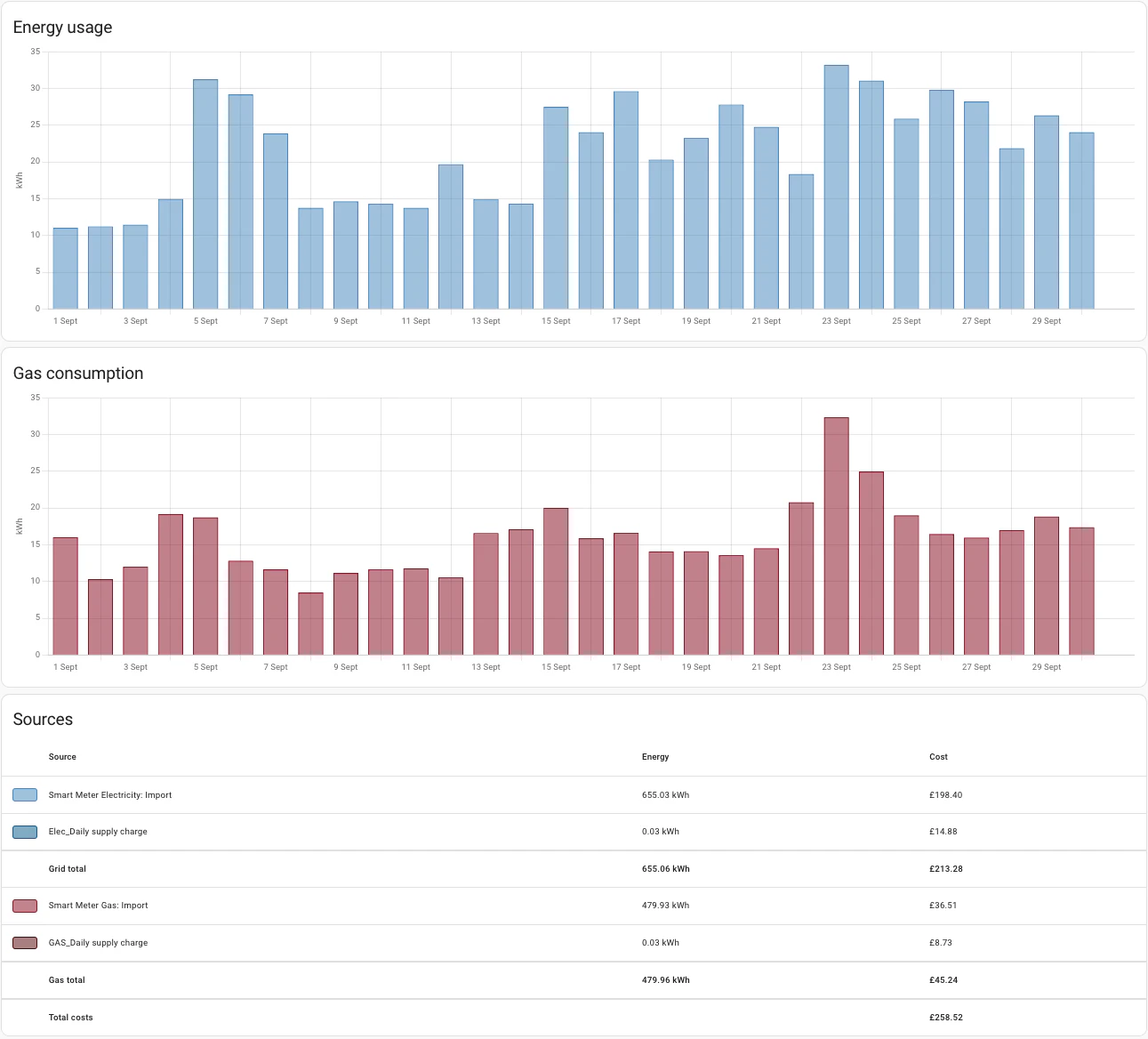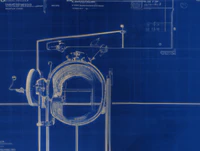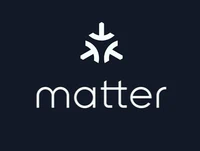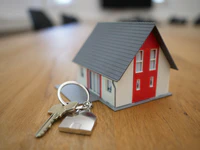TLDR:
- Top-down monitoring is a valuable starting point for gaining insights into overall energy usage patterns.
- Bottom-up monitoring is essential for gaining a deeper understanding of where energy is being consumed within the home.
- Combining top-down and bottom-up monitoring provides a comprehensive view of energy usage that can be used to identify and address specific areas of inefficiency.
Top-down monitoring is the traditional method, whereby homeowners receive periodic bills from their energy supplier that summarize their overall energy consumption. This approach provides a high-level overview of energy usage, but it lacks granularity and can be difficult to validate. For example, it can be challenging to determine which appliances or activities are driving specific spikes in consumption.
Bottom-up monitoring is a more granular approach that involves tracking energy usage at the individual appliance level. This can be achieved through the use of smart plugs, sensors, or other dedicated monitoring devices. Bottom-up monitoring provides a wealth of data that can be used to identify and address specific areas of energy inefficiency.
I have recently embarked on a journey to explore both top-down and bottom-up energy monitoring. I found that top-down monitoring can be a valuable starting point for gaining insights into overall energy usage patterns. However, I have also discovered that bottom-up monitoring is essential for gaining a deeper understanding of where energy is being consumed within the home.
Using the supplier provided smart meter to track top-down energy usage has allowed me to:
- Validate energy bills and ensure that they are accurate.
- Identify trends in energy consumption over time.
- Gain a better understanding of the impact of occupancy on energy usage.
You can build up a picture of your useage:

Armed with this top-down data, the I have delved into bottom-up monitoring and built a dashboard to track how much energy I can identify:

Which allows me to:
- Identify specific appliances or activities that are driving energy consumption.
- Quantify the energy consumption of individual appliances.
- Develop strategies for reducing energy consumption.
This demonstrates the complementary nature of top-down and bottom-up energy monitoring. By combining both approaches, homeowners can gain a comprehensive understanding of their energy usage and take targeted steps to reduce their environmental impact and save money.
If you are interested in gaining insights into your home’s energy consumption, consider implementing both top-down and bottom-up monitoring. By leveraging the power of data, you can make informed decisions about how to reduce your environmental impact and save money on your energy bills.




